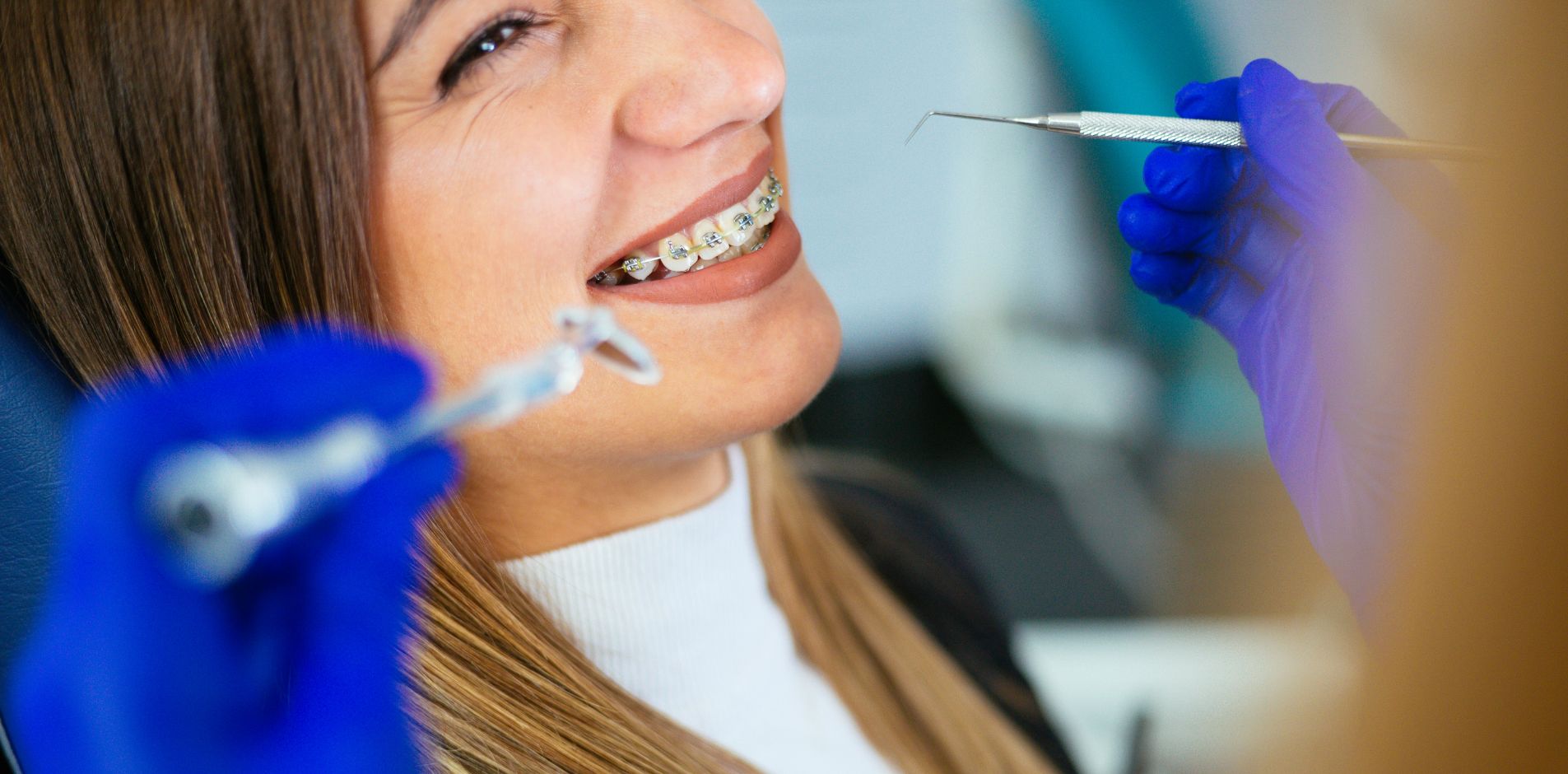A beautiful smile is not just about aesthetics; it’s a reflection of good oral health and proper dental alignment. Orthodontic treatments play a key role in achieving that perfect smile, and behind every straight set of teeth is a combination of advanced science and technology. In this blog, we’ll delve into the fascinating world of orthodontic technology, exploring the innovations and techniques that make a perfect smile possible.
The Evolution of Orthodontic Treatments
Orthodontic treatment has come a long way from traditional metal braces. Today, orthodontists have an array of innovative tools and techniques at their disposal to create beautiful, healthy smiles. Let’s explore some of the cutting-edge technologies that are revolutionizing orthodontics:
1. Digital Impressions
Old Way:
- Traditional impressions involved biting into a tray filled with putty-like material to create a mold of the teeth.
New Way:
- Digital scanners use advanced 3D imaging to create precise digital impressions of the teeth.
- Patients no longer have to endure the discomfort of bulky trays and unpleasant-tasting materials.
Benefits:
- Increased accuracy for better-fitting appliances.
- Faster and more comfortable for patients.
2. 3D Imaging and Treatment Planning
Old Way:
- Orthodontists relied on 2D X-rays and physical models to plan treatment.
New Way:
- Cone beam computed tomography (CBCT) and 3D intraoral scanners provide detailed 3D images of the teeth, jaws, and facial structures.
- Orthodontists can create virtual treatment plans, simulating tooth movements and outcomes.
Benefits:
- Precise treatment planning for optimal results.
- Better visualization of complex dental issues.
3. Clear Aligner Technology (e.g., Invisalign)
Old Way:
- Metal braces were the primary option for straightening teeth.
New Way:
- Clear aligners use a series of custom-made, transparent trays to gradually move teeth into alignment.
- Computer-aided design (CAD) software helps predict tooth movement and create precise aligners.
Benefits:
- Nearly invisible and discreet.
- Removable for eating, brushing, and flossing.
4. Self-Ligating Braces
Old Way:
- Traditional braces used elastic bands to hold wires in place.
New Way:
- Self-ligating braces have specialized brackets with built-in clips or doors that hold wires.
- They reduce friction and allow for smoother tooth movement.
Benefits:
- Faster treatment times.
- Less discomfort and fewer adjustments.
5. Accelerated Orthodontics
Old Way:
- Orthodontic treatment could take several years to complete.
New Way:
- Accelerated orthodontics use techniques like Propel® or AcceleDent® to speed up tooth movement.
- Vibration or micro-pulses stimulate bone remodeling, allowing for faster results.
Benefits:
- Reduced treatment time by up to 50%.
- Less time in braces or aligners.
6. Temporary Anchorage Devices (TADs)
Old Way:
- Correcting certain bite issues could be challenging without TADs.
New Way:
- TADs are small titanium screws placed into the jawbone to act as anchor points.
- They provide stable support for moving specific teeth or correcting bite problems.
Benefits:
- More precise control over tooth movement.
- Can eliminate the need for headgear in some cases.
The Impact of Advanced Technology on Patients
1. Improved Comfort:
- Advanced materials and techniques result in more comfortable orthodontic appliances.
- Patients experience less irritation and soreness during treatment.
2. Enhanced Aesthetics:
- Clear aligners and tooth-colored materials make orthodontic treatment less noticeable.
- Patients feel more confident and less self-conscious about their appearance.
3. Faster Treatment:
- Accelerated orthodontics and efficient treatment planning reduce overall treatment times.
- Patients spend less time in braces or aligners, achieving results sooner.
4. Predictable Outcomes:
- 3D imaging and virtual treatment planning allow orthodontists to visualize and communicate treatment goals.
- Patients have a clearer understanding of their treatment journey and expected results.
